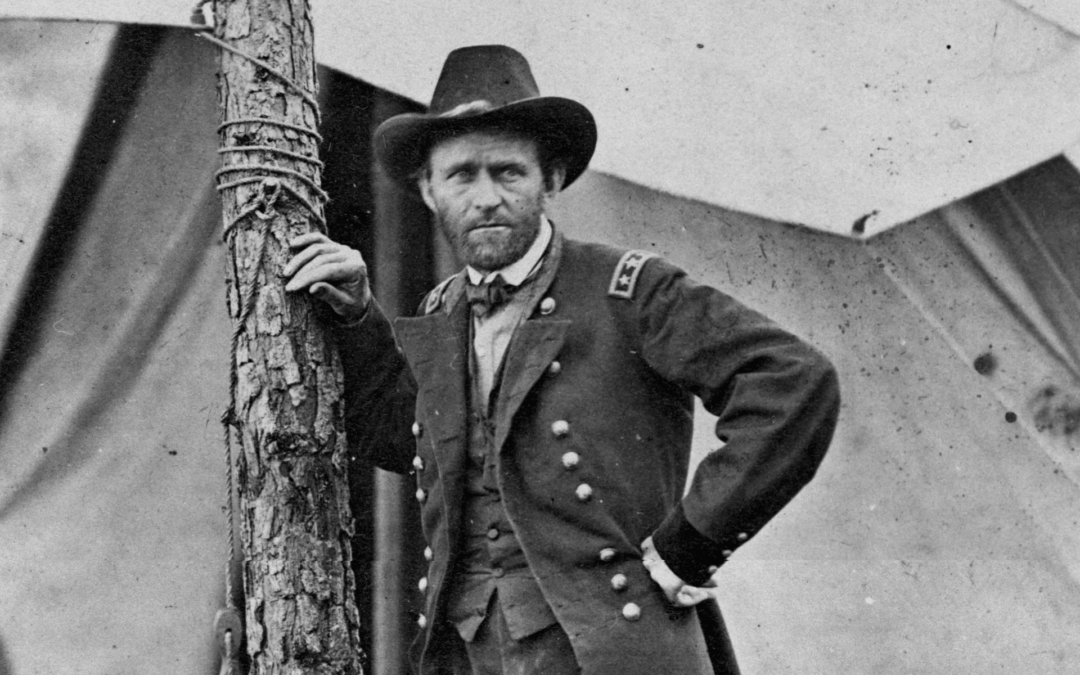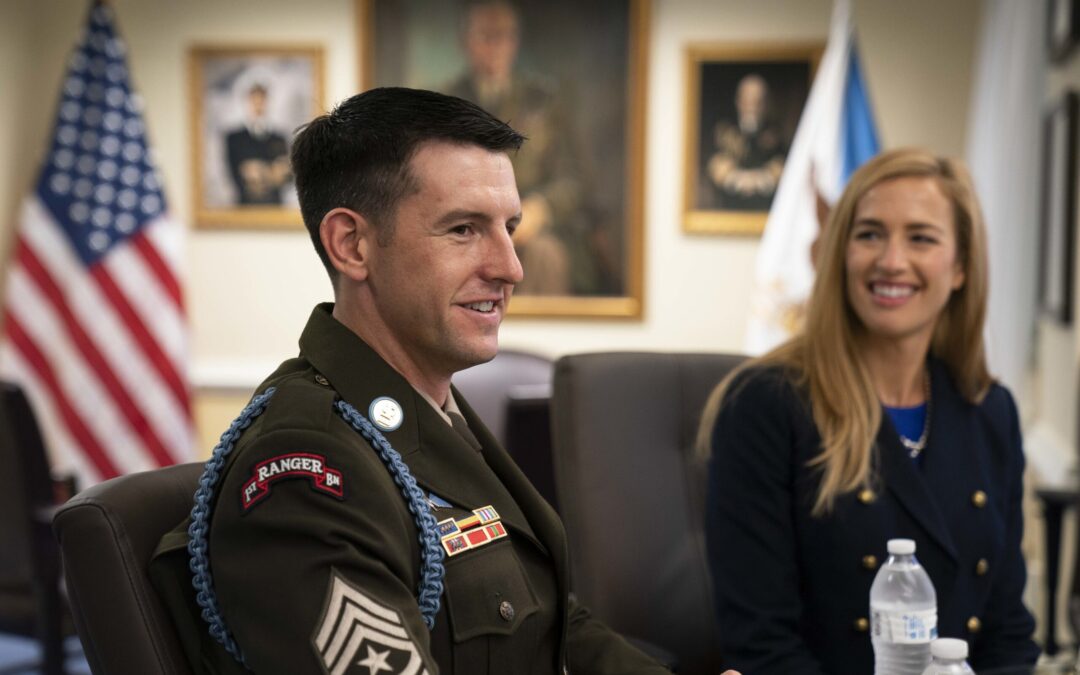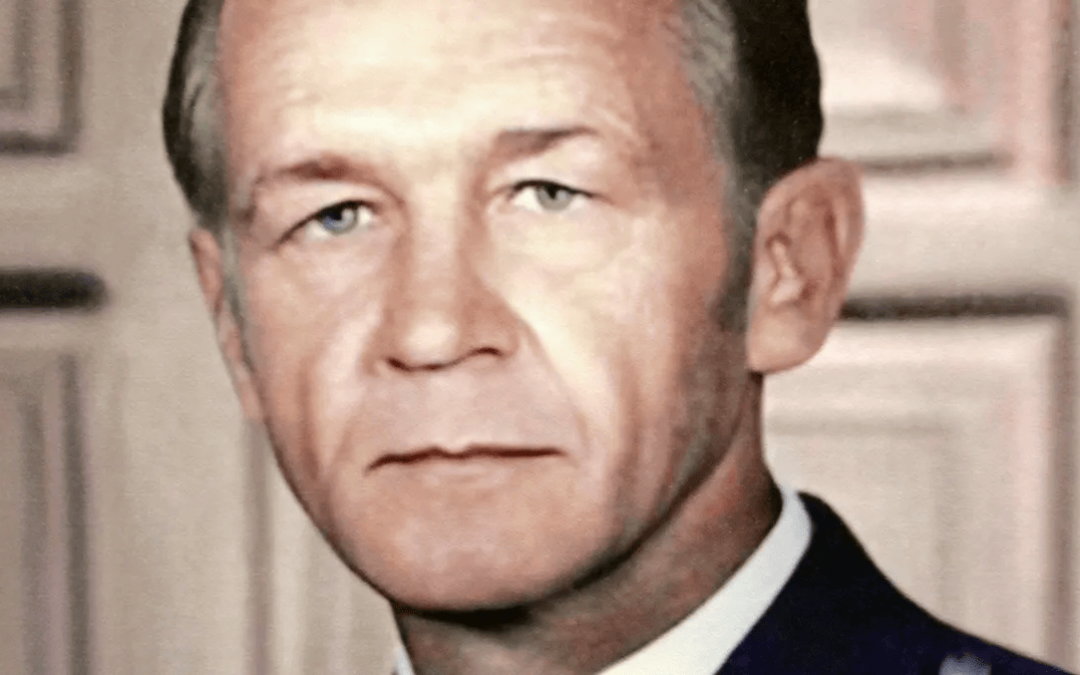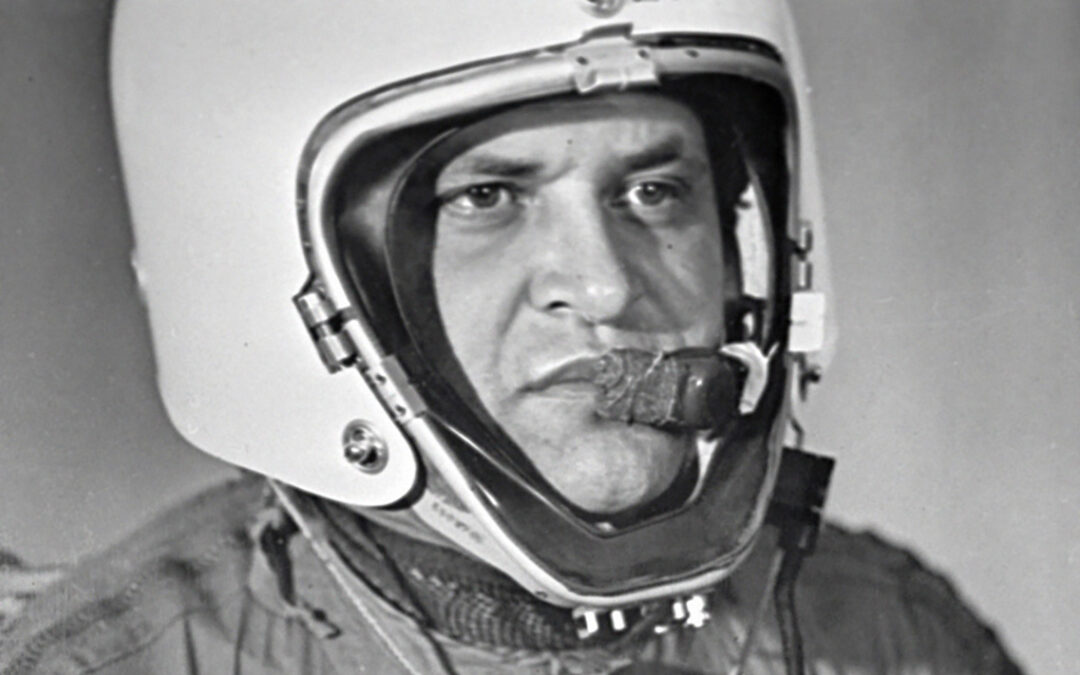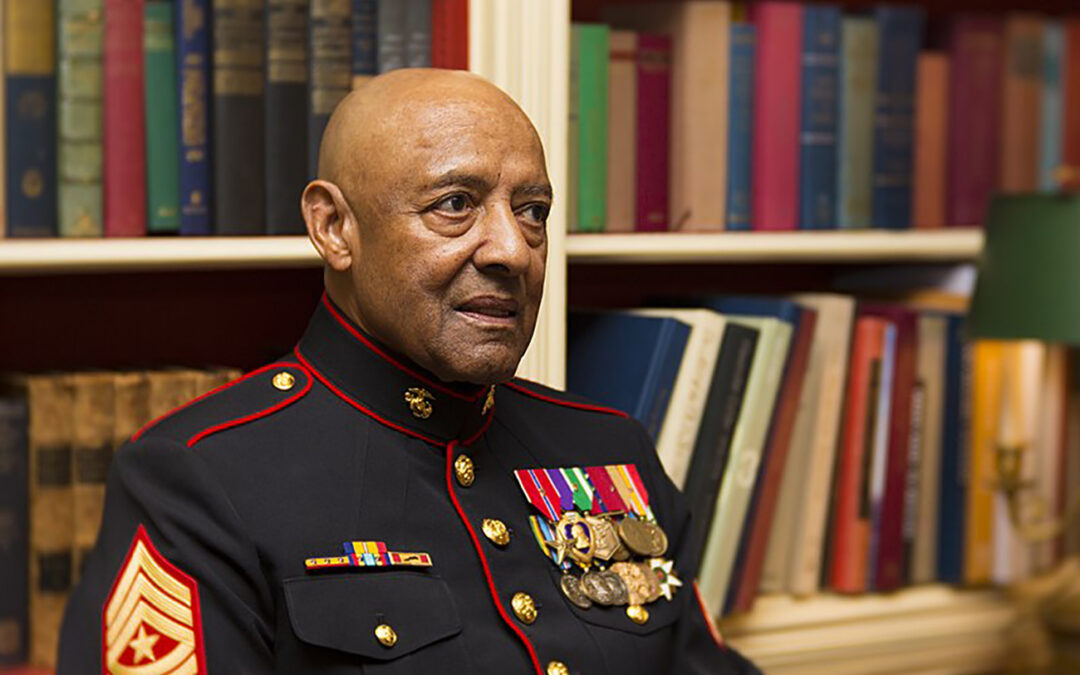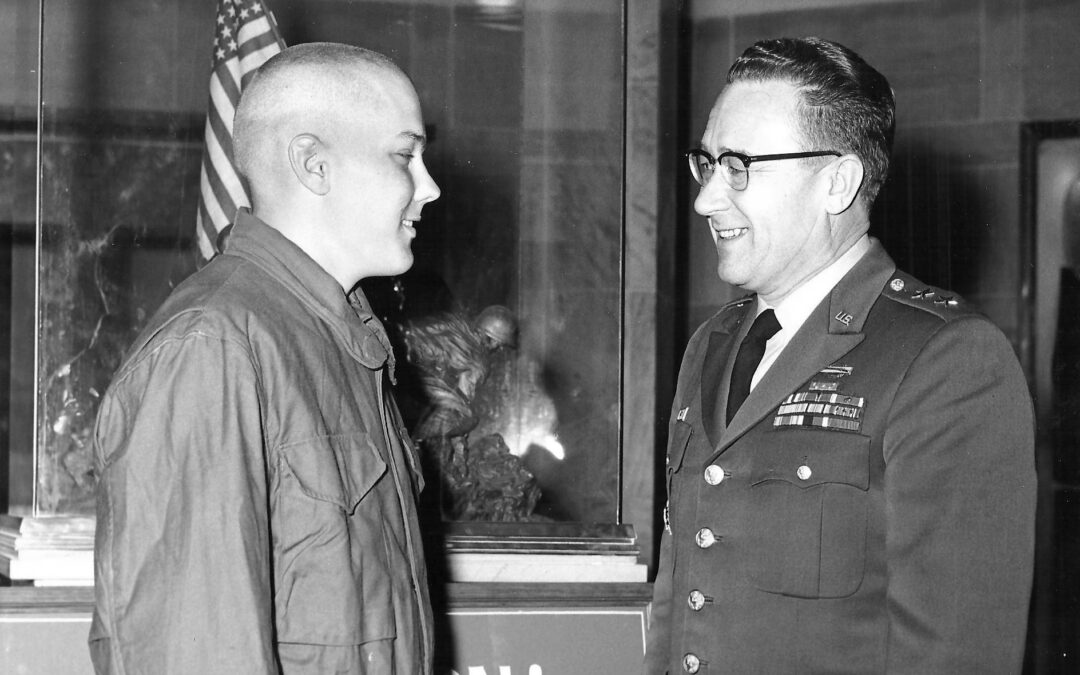Jack Hinson, better known as "Old Jack" to his family, was a prosperous farmer in Stewart County, Tennessee. A non-political man, he opposed secession from the Union even though he owned slaves. Friends and neighbors described him as a peaceable man, yet despite all this, he would end up going on a one-man killing spree. Jack's plantation was called Bubbling Springs, where he lived with his wife and ten children. When the Civil War broke out in 1861, he was fiercely determined to remain neutral. Grant Had Stayed at the Jack Hinson Estate When Union Brigadier General Ulysses S. Grant arrived in the area in February 1862, the Jack Hinson hosted the man at their home. The General was so pleased with the plantation that he even turned it into his temporary headquarters. Even when one of their sons joined the Confederate Army, while another joined a militia group, Jack remained strictly neutral. They were content to manage their plantation despite the ongoing conflict. Grant had stayed at...
